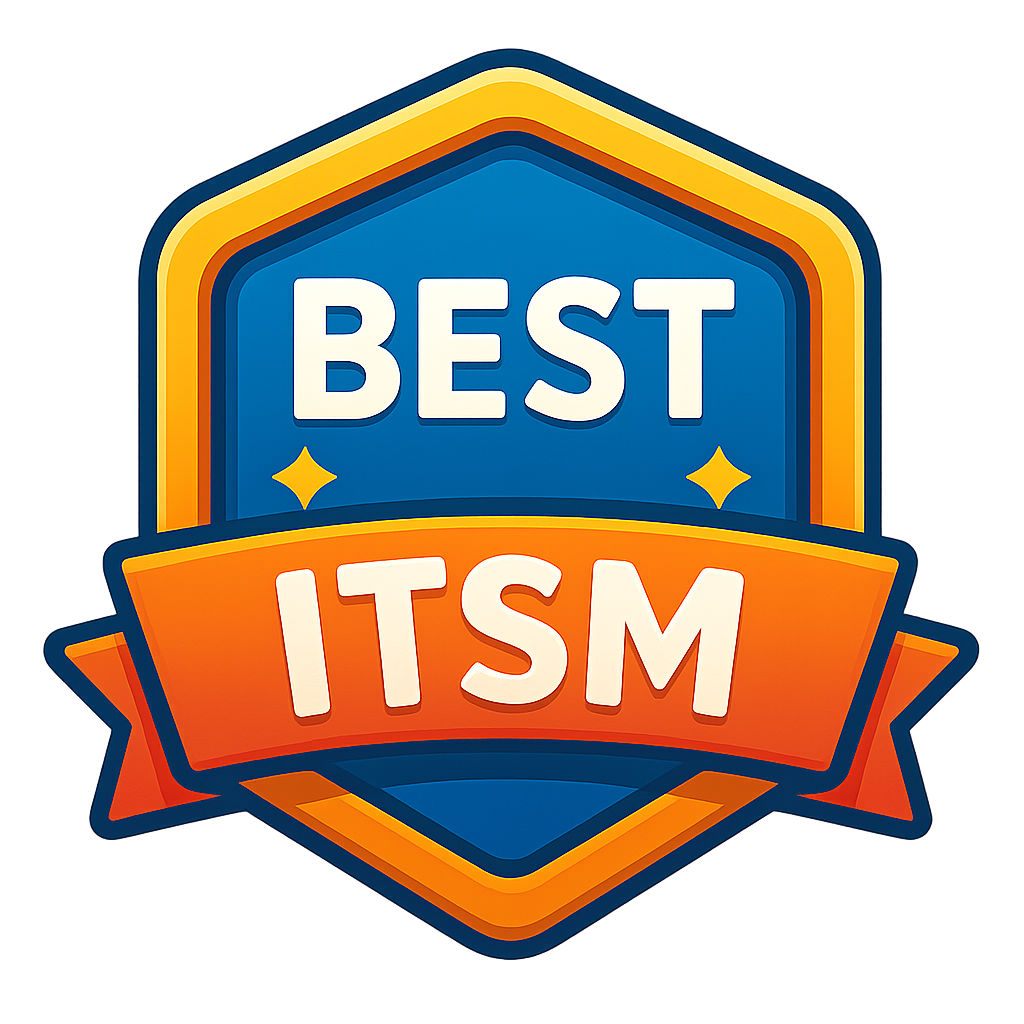License Management
What is License Management? License management is a critical practice for organizations relying on software to drive their operations. It involves the tracking, management, and optimization of software licenses to ensure compliance, reduce costs, and maximize the value of software investments. With the increasing complexity of software licensing models and the proliferation of software applications, effective license management has become more challenging and essential.
At its core, license management is about understanding what software licenses the organization has, how they are being used, and ensuring that usage complies with the licensing agreements. This process begins with license acquisition, where organizations purchase software licenses from vendors. Each license comes with specific terms and conditions, including the number of users allowed, duration, and usage rights.
One of the primary challenges in license management is maintaining an accurate inventory of software licenses. Organizations often have numerous software applications, each with different licensing models. Maintaining a central repository of all licenses, including details about their terms, conditions, and expiration dates, is crucial. This repository enables organizations to track license usage and ensure compliance with vendor agreements.
License compliance is a significant aspect of license management. Non-compliance can result in hefty fines and legal issues. Regular audits are necessary to verify that the organization is using software in accordance with the licensing terms. Automated license management tools can help by continuously monitoring software usage and generating compliance reports.
Optimizing software licenses is another important goal of license management. Organizations need to ensure they are not over-licensed or under-licensed. Over-licensing results in unnecessary expenses, while under-licensing can lead to non-compliance and potential fines. By analyzing usage patterns, organizations can identify unused or underutilized licenses and reallocate or terminate them to reduce costs.
Renewals and expirations also need to be managed effectively. Organizations must keep track of license expiration dates to avoid disruptions in service and ensure continuous compliance. Automated reminders and alerts can help manage renewals efficiently, allowing organizations to negotiate better terms and avoid last-minute renewals at higher costs.
License management is not only about compliance and cost savings but also about optimizing the value derived from software investments. By understanding usage patterns and aligning software acquisitions with actual needs, organizations can ensure they are getting the maximum value from their software licenses.
In conclusion, effective license management is crucial for organizations to ensure compliance, reduce costs, and maximize the value of their software investments. By leveraging automated tools and adopting a structured approach, organizations can navigate the complexities of software licensing and achieve their strategic objectives.
